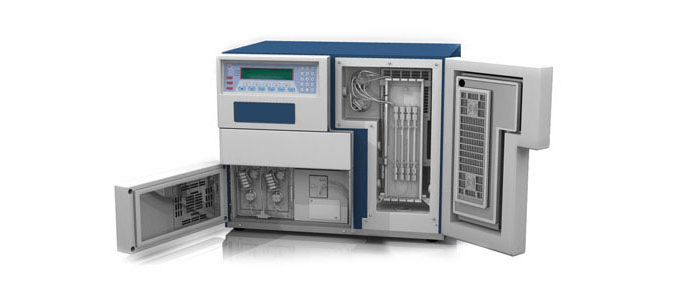Introduction
Phenol formaldehyde resins (PFRs) are condensation polymers and are obtained by condensing phenol with formaldehyde in the presence of an acidic or alkaline catalyst. The class of PFRs having a low degree of polymerization are soft and those having a high degree of polymerization are hard, rigid, infusible and resistant to scratches. The soft PFRs possess excellent adhesive properties which makes them attractive as binding glue for laminated wooden planks and in varnishes. PFRs with high degree of polymerization and a higher molar mass are resistant to non-oxidizing acids, salts and many organic solvents. In addition, PFRs can withstand high temperatures, have poor electric conductivity and can be used as excellent electrical insulators. The electrical insulation property of PFRs makes them applicable to household electrical appliances. Furthermore, PFRs have been used for a variety of applications which includes making molded articles such as radio and TV parts, combs or fountain pen barrels.
The ratio between the monomer units and the pH of the catalysts plays a crucial role for the chemical properties of PFRs. Depending on the monomer unit ratio and the pH of the catalysts used for the synthesis, two classes of PFRs namely Novolac or Resol resins can be formed. Resol type PFRs are condensation products synthesized in presence of basic catalysts. During the synthesis of resols, the hydroxyl group of the phenol gets deprotonated and the resonance stabilization of the resulted phenoxide ion allows the hydroxymethylation at the ortho or para position of the phenol. There are one para and two ortho sites in a phenol molecule. The para position is more reactive than the ortho position. Condensation of these hydroxymethylated phenols form a methylene bridge between them yields the formation of Resol type PFRs. Novolac resins are amorphous thermoplastic polymers produced by reacting formaldehyde with phenol under acidic conditions. The reaction between phenol and formaldehyde in the acidic pH range occurs as an electrophilic substitution of hydroxymethylene carbonium ion formed from the methylene glycol at acidic pH. Curing of both types of resins yields the formation of three dimensional network structures in PFRs. In this study, we compare the development of molar mass distribution (MMD) in a thermos-reactive Resol (PFR 1) and a thermoplastic Novolac (PFR 2) resin by utilizing the gel permeation chromatography (GPC) technique.






